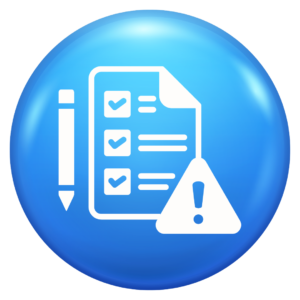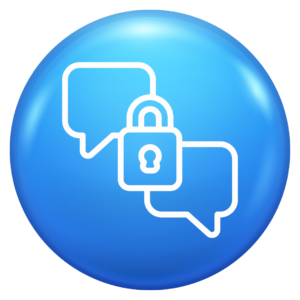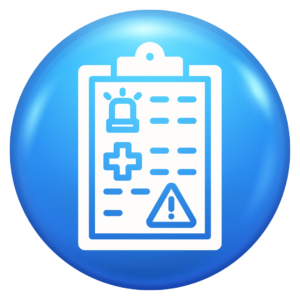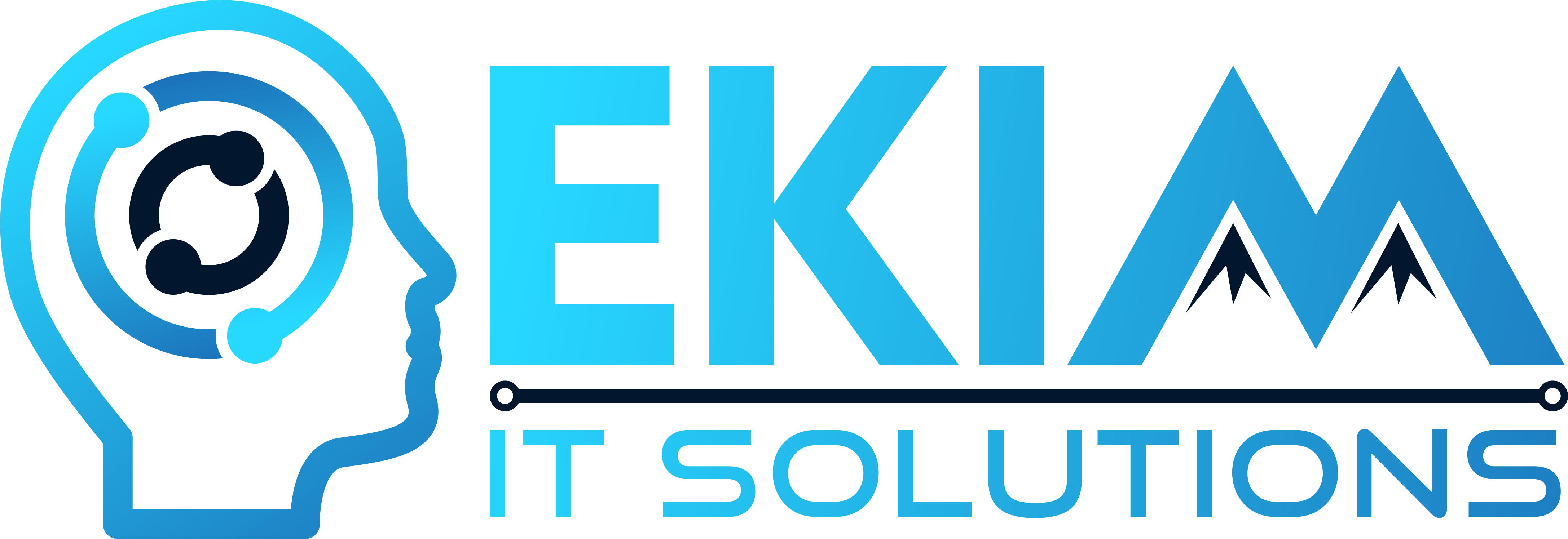Avoid HIPAA Fines: Best Practices for ePHI Protection
- Read more
As a healthcare provider or organization, safeguarding patient information is critical—not just for compliance, but to maintain trust. HIPAA (Health Insurance Portability and Accountability Act) sets the standards for protecting electronic health information (ePHI). However, simply knowing the rules isn’t enough. In today's world of increasing cyber threats, it’s essential to implement best practices to protect sensitive data.
In this article, we’ll break down some simple and effective ways to secure ePHI, ensuring your practice or healthcare organization stays compliant with HIPAA regulations. Whether you're a small clinic or a larger healthcare provider, these tips are practical and easy to implement.

1. Encrypt Sensitive Data
First and foremost, encryption is one of the most effective tools for protecting ePHI. When data is encrypted, it’s transformed into unreadable code, meaning that even if hackers get access, they can’t understand the information without the proper key.
Why it matters: Encryption isn’t explicitly required under HIPAA, but it’s highly recommended. It adds an extra layer of security, especially when transmitting sensitive data over networks.
Best Practice: Make sure to use strong encryption methods for all sensitive data, whether it’s stored on a server, transmitted over the internet, or on mobile devices.

2. Implement Strong Access Controls
Next, another key aspect of protecting ePHI is limiting who can access the data. Strong access control ensures that only authorized personnel can view or edit sensitive patient information.
Why it matters: According to HIPAA’s “minimum necessary” standard, employees should only access the data they need to perform their job duties. Limiting access reduces the risk of unauthorized data breaches.
Best Practice: Use multi-factor authentication (MFA) and role-based access control (RBAC). MFA adds an extra layer of security by requiring users to provide more than one form of verification, while RBAC limits access based on an employee’s role.

3. Conduct Regular Risk Assessments
Furthermore, performing regular risk assessments is crucial for maintaining HIPAA compliance. A HIPAA risk assessment helps you identify vulnerabilities in your system and processes that could expose ePHI to breaches.
Why it matters: Risk assessments are actually required under HIPAA’s Security Rule. They help you uncover potential weaknesses, such as outdated software, weak passwords, or gaps in security training.
Best Practice: Schedule risk assessments at least once a year. Document your findings and use them to update your security policies and procedures regularly.

4. Ensure Data Backup and Recovery
Moving forward, even the most secure systems can experience unforeseen disasters, such as hardware failures, cyber-attacks, or natural events. Regular data backups ensure that, in the event of a disaster, you can recover ePHI without loss.
Why it matters: HIPAA requires healthcare providers to have contingency plans in place, including regular data backups and a recovery plan in case of emergencies.
Best Practice: Automate data backups daily, and store backups in multiple secure locations (both onsite and offsite). Additionally, it’s important to test your recovery plan periodically to ensure it works when needed.

5. Train Your Staff on HIPAA Compliance
Of course, no matter how strong your technology is, human error is still one of the leading causes of data breaches. Employees who aren’t adequately trained on HIPAA and cybersecurity best practices may inadvertently expose ePHI to risks.
Why it matters: HIPAA requires that all employees, including those not directly handling ePHI, be trained on privacy and security standards. This training ensures that everyone knows how to handle ePHI correctly and what to do if they suspect a security breach.
Best Practice: Provide regular, mandatory HIPAA training sessions for all staff. Include specific instructions on recognizing phishing scams, secure data handling practices, and what to do in the event of a breach.

6. Use Secure Communication Tools
In addition to training your staff, secure communication tools are essential for keeping ePHI safe. Email, text messaging, and other digital communication methods can be risky if not properly secured. HIPAA requires that any communication involving ePHI be secure and private.
Why it matters: Sending ePHI through unencrypted email or texts can expose patient information to cybercriminals. Using secure communication tools ensures patient privacy and HIPAA compliance.
Best Practice: Choose secure messaging platforms specifically designed for healthcare settings. These platforms should include features like encryption and audit trails, which record communication activity.

7. Monitor and Audit System Activity
Another important step is regularly monitoring system activity. Keeping an eye on system activity helps you spot unusual behavior that could indicate a data breach or security threat. Regular audits help you stay ahead of potential issues and identify if any unauthorized access has occurred.
Why it matters: HIPAA requires healthcare providers to implement audit controls that track who accessed ePHI, when, and what changes (if any) were made.
Best Practice: Set up automatic alerts for unusual activity, such as access outside of normal working hours or attempts to access restricted data. Make it a habit to review access logs regularly to ensure compliance.

8. Update Software Regularly
Moreover, keeping your software up to date is critical. Outdated software can expose your systems to vulnerabilities that hackers can exploit. Regularly updating your software ensures that you have the latest security patches and features to protect ePHI.
Why it matters: HIPAA requires healthcare organizations to ensure the confidentiality, integrity, and availability of ePHI. Using outdated software increases the risk of a security breach, which could lead to non-compliance.
Best Practice: Enable automatic software updates for all systems and applications. Don’t forget to update third-party software and plugins as well, as they can also create vulnerabilities.

9. Have a Breach Response Plan in Place
Finally, even with the best practices in place, breaches can still happen. That’s why it’s essential to have a breach response plan. A solid plan ensures that you can quickly contain the damage and notify the necessary parties as required by HIPAA.
Why it matters: HIPAA’s Breach Notification Rule requires healthcare providers to notify affected individuals, the Department of Health and Human Services (HHS), and sometimes the media, depending on the size of the breach.
Best Practice: Develop a clear breach response plan that includes identifying the breach, containing the breach, notifying affected individuals, and reporting it to the appropriate authorities. Ensure that all staff members are familiar with the plan and know their roles in case of a breach.

Protecting ePHI isn’t just about avoiding fines; it’s about safeguarding patient trust and ensuring the smooth operation of your healthcare organization. By following these best practices, you’ll be well on your way to maintaining HIPAA compliance and protecting the sensitive information entrusted to your care.
Remember, HIPAA compliance is an ongoing process. Regularly review your security measures, update your protocols, and stay informed on the latest cybersecurity threats. With the right tools and strategies, you can keep ePHI safe and secure.
If you need help ensuring your healthcare organization is HIPAA-compliant, our team at Ekim IT Solutions is here to assist you. We specialize in providing IT solutions that prioritize data security and compliance. Contact us today to learn more!

